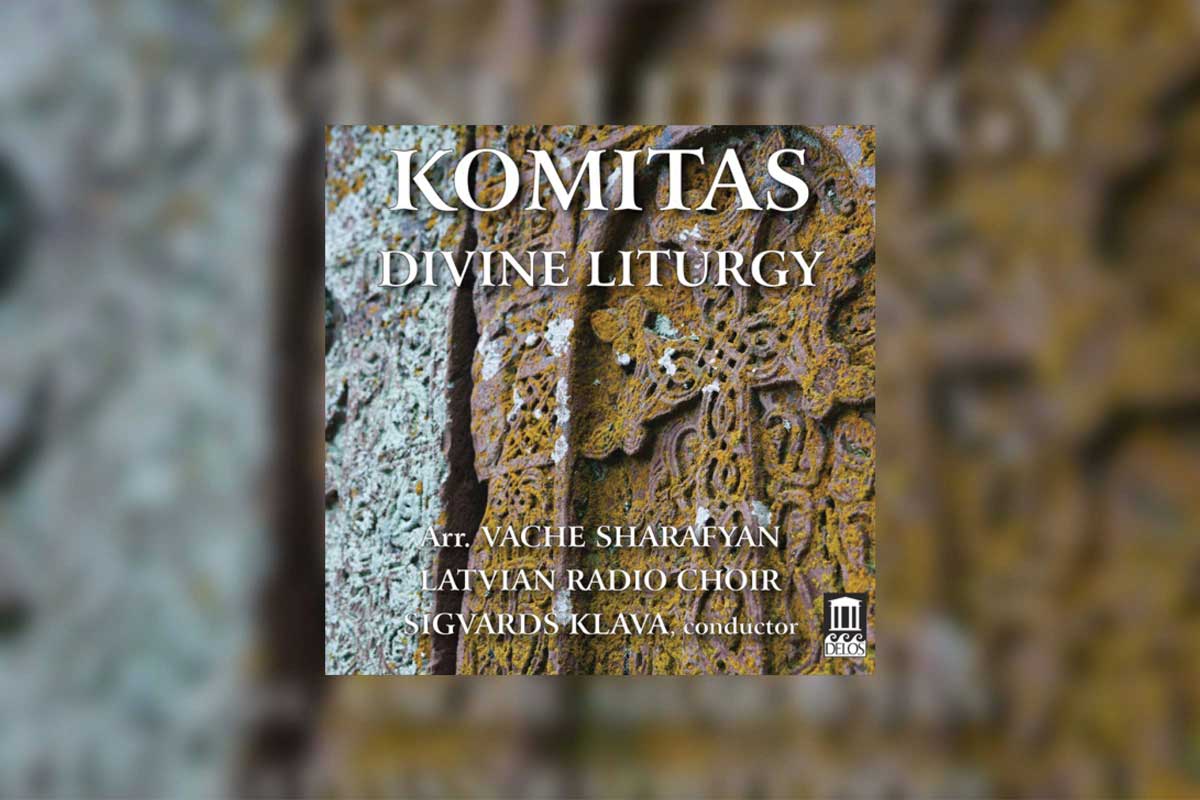Tragedy permeated the life of Armenian priest, composer and ethnomusicologist, Soghomon Soghomonian, later known as Komitas (1869-1935). Orphaned at the age of eleven, his good singing voice fortunately led him to be educated at Armenia’s Gevorgian Seminary. After ordination as a priest, he studied music at the Friedrich Wilhelm University in Berlin as well as amassing a treasury of Armenian and Kurdish folk music. Komitas formed a choir to showcase this music, travelling widely throughout Europe, even attracting the interest and praise of Debussy.

These good times were not to last. Persecution of Armenians by the Ottoman Empire became genocide, and he was briefly imprisoned in 1915. Although released, he suffered from post-traumatic stress for the rest of his life, dying in a Paris psychiatric hospital. He is now widely regarded as the “saviour of Armenian music”.
Komitas forged a unique blend of folk and western styles, creating a distinctive Armenian musical style. These influences are creatively deployed in his Divine Liturgy, one of his last major works before being incarcerated. Dance-like folk melodies rub shoulders with strikingly original romantic harmonies, ebbing and flowing amongst chants from the priest and deacon.
Originally conceived...










Comments
Log in to join the conversation.